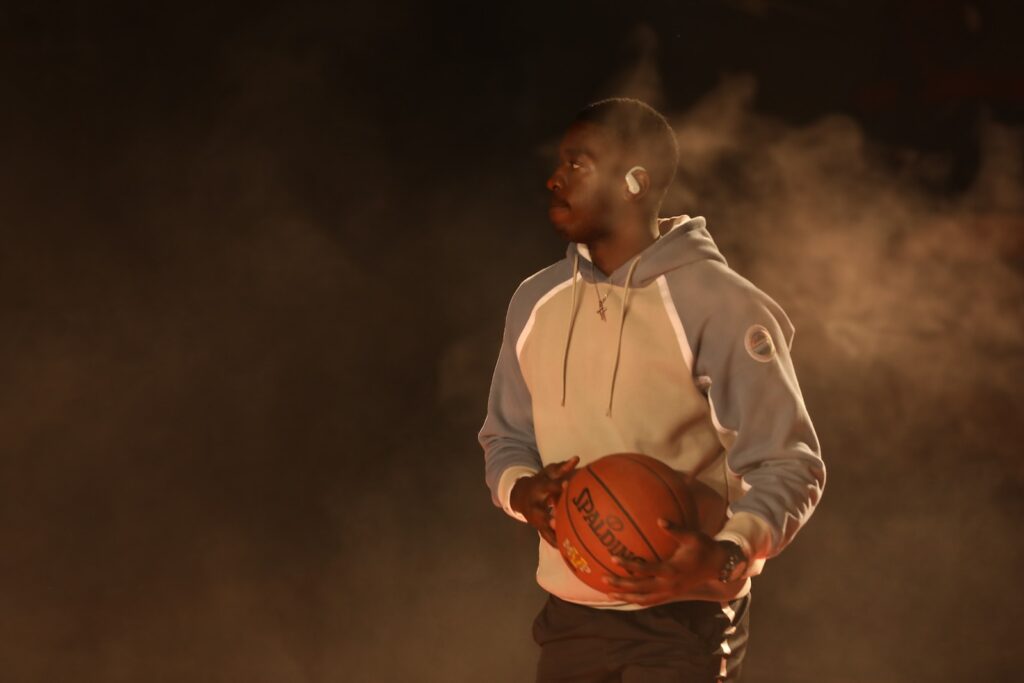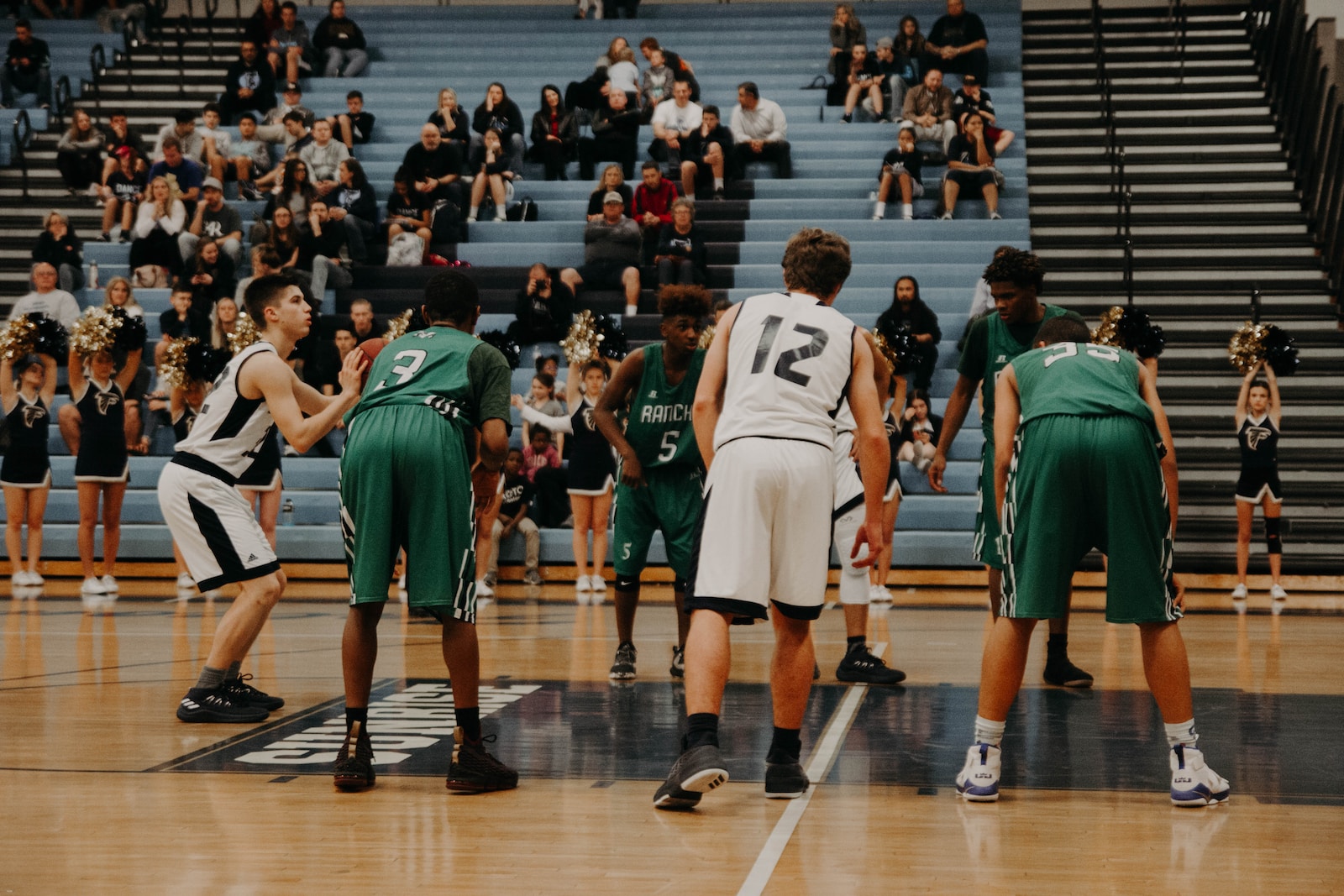Introduction
The sport of basketball has an awful lot of rules that players and fans alike need to follow. Rules like that could seem overwhelming at first, but most of them are pretty easy to understand once you get some experience. This brings us to a question that seems to get asked fairly often regarding the rules, and it involves your forearms. The question is, can an offensive player use a forearm in basketball?
The answer to this question is yes, but to a certain extent. Any player is able to use their forearm in basketball, whether they are on offense or defense. However, they can’t use their forearm to restrict their opponents in any way or use it to get themselves an advantage on them. The forearm can be used to protect the ball from swiping defenders, hold the basketball tighter and closer to your chest, or to stand your ground against a taller offensive player when playing defense.
There are certain instances where an offensive player can’t use their forearm, but the majority of the time it is legal for them to make use of it during a possession.
Creating Space
There are offensive players out there that prefer to use their forearm to create space between themselves and their opponents. However, be warned, doing so could get you a foul called on you. If you plan to generate space with the forearm, you have to do so nonchalantly, and in a way that doesn’t seem like you are just shoving your opponent in a different direction. A great example of this comes during a drive to the basket. You can use that off-arm to lean up against a defender, but not push them. This keeps them slightly at bay, and it doesn’t provide you with an immediate advantage against them during the drive. When you eventually take that shot at the rim, they will be a good length away due to the forearm leaning on them, as opposed to right up against you.
You might see the forearm used to create space during crossovers and step backs as well. If you extend your forearm too much or utilize force, you will likely get called for a push. If you use your forearm slightly when crossing over in a different direction, it could fly under the radar and get you some extra space. This type of space generating usually depends upon what the referees see and deem to be an advantage during a game.
Defending The Ball
Offensive players can also use their forearm to defend the basketball on the perimeter or during drives to the rim. The forearm isn’t just a space creator, it’s a tool to defend the ball as well. Let’s say that you are standing out on the perimeter and your defender is swiping at the ball constantly. Instead of just letting them do that, you can put your forearm out a little so that they have an obstacle to go around in order to swipe at it. You can turn your body sideways so that the forearm keeps them at bay from the side, while you dribble with the other arm.

If you’re driving down the lane, you can use the forearm to keep them from swiping down at the ball in the same way. It’s the same concept as creating space on this one as well. You want to avoid letting them attack the ball and try to strip it away from you. The forearm is able to swat defenders’ arms down or away so that they can’t strip the basketball.
Defensive Uses
The forearm isn’t just helpful for offensive players, it’s helpful for defensive players as well. A defensive player is able to use their forearms to protect themselves when getting backed down in the paint. Let’s say that a larger center is posting up on a point guard, and the guard is clearly at a disadvantage. They are able to push their forearms against the offensive player to help get some push in the opposite direction. Obviously, they aren’t able to just forearm check them in the back, but they can rest their forearms on them and push in the opposite direction to stand their ground.
You can also use your forearm to stay attached to an offensive player when driving, so that they don’t slip away from you. You can’t just blatantly grab your opponent and keep them near, so resting your forearm on them during a drive can help keep you attached without doing the act of grabbing and getting fouled.
No Extending
We briefly touched on this earlier, but you can’t extend your forearm on offense when trying to do one of the methods we talked about. If you plan to create space, you can’t throw your forearm out from your body and push the defender in the opposite direction. You will almost immediately get a foul called on you for doing so.
The same goes if you’re trying to stop a defender from swiping down at the ball. You can’t just extend your forearm and grab their arm so they can’t swipe. That will also be a foul. There are times NBA players can get away with arm barring opponents, though that’s a frowned upon method of playing the game and will get called for an offensive foul 90% percent of the time.
Holding The Ball Close
Finally, we need to talk about holding the ball close to your chest. This is another use of the forearm for offensive players, and it allows you to tuck it to your body and protect it from defenders. You would take the forearm that is controlling the ball and wrap it around the basketball while pulling it towards your body. When you drive in with this close to your chest, the defenders will have a very hard time knocking it out of your hands. By the time you get to the rim, you’ll have full control of the basketball.
It’s a very simple move to make when attacking the rim on the basketball court, but there are a lot of people that prefer to just drive blind rather than attempt to keep it sealed off from defenders.
